Here’s How Our New Strategic Plan Is Shaping Up
Every five years we map out a strategic plan for our work. It’s not a rigid document—and can’t be. As we finished the last plan in early 2008, few could foresee the financial crisis about to send the country reeling. Yet long-range planning does help us discern many major trends that can shape our mission and how we approach it.
As we look five years forward, here’s some of what we see. Donors have ever greater expectations, wanting clear results. King County is changing, with poverty shifting to the suburbs, increasing diversity in language and culture, and recovery from the recession falling unevenly. Funders and providers have better data, and we know more about the best practices to solve tough problems like homelessness and getting kids from every background ready for kindergarten.
We don’t think these changes demand a revolution in how we work. But we also know that it can’t be business as usual. The forces at play are powerful and we have to adapt. With that in mind, we see our next chapter as one of “accelerated evolution.”
A key feature will be investing money in ever more targeted ways for the greatest impact. As part of that we will be paying particular attention to measures of vulnerability like race, income, and age and to where service disparities exist. Here are the issues on which we’ll focus:
Early learning. In early learning, we’ve spearheaded the growth of the Parent-Child Home Program countywide and will ensure the program continues successfully helping young children and their parents. Efforts to intervene early for children with developmental delays and improve the quality of early-care provider will also be important.
Homelessness. In partnership with providers and other funders, we’ve been a leader in tackling youth homelessness, including groundbreaking research on predictors of homelessness among young people aging out of foster care (more in a recent Crosscut article here). Working as a community we want to end youth homelessness in King County by 2020.
Ending homelessness in general by making it rare, brief and one-time continues to be our firm goal. We will invest not only in prevention, but in short-term shelter and strategies to move people rapidly to the housing and services likeliest to restore stability and self-sufficiency. Improving the functioning of “coordinated entry” is central, as our CEO Jon Fine discussed in a late-January Seattle Times op-ed.
Youth. Supporting the healthy development of youth is a longtime and growing focus. A new initiative called “Reconnecting Youth” is helping young people who didn’t make it through high school to re-engage with education and start down a solid career path. An estimated 13,000 young people in King County could benefit, so together with King County and The Boeing Company we’re funding a demonstration project that, if outcomes are strong, could grow into something larger (more here).
In our expanded basic needs portfolio come targeted efforts to end hunger (particularly childhood hunger), increase economic stability for people who are struggling (for example through our Free Tax Preparation Campaign), and connect people in crisis (for example women who have experienced domestic violence or especially vulnerable seniors) to community resources.
This portfolio is still a work in progress, and the key word is “targeted.” We want to direct our limited dollars to efforts where the need is most acute and our dollars can do the greatest good. The specifics will emerge over time in a thoughtful process, but some programs that we’ve historically supported may progressively lose funding, while others may be invited to apply.
The fundraising context. United Way is unique in being both a fundraiser and a grant maker. Our ability to make grants ties directly to our ability to fundraise. So how is that going? The short story is well…we had one of our biggest-ever fundraising years in 2014.
The longer story is more nuanced. An increasing share of what we raise is either earmarked for us to pass through to others or given to us but with restrictions (for example, for use only on our Parent-Child Home Program).
The upshot is that while we have greater resources overall, we have less freedom to spend them at our discretion. Because some of what we grant comes purely from unrestricted dollars, who and what we support can be affected. In fact, that’s already happening, and we expect the trend to expand as more donors exercise their legitimate right to say how they want their money spent.
Over the next five years—partly through intensive outreach to younger donors—we will be working hard to raise significantly more money, including unrestricted dollars. Within five years we hope to increase contributions directly to United Way by $10 million annually. Realistically, however, unrestricted dollars will continue to be tight.
As we look ahead we see great opportunities for impact and creating the kind of community in which we can all take pride. It won’t always be easy and it will take choices. We’re glad to have your partnership and your insights. What can we do together? Do you agree—or not—with how we’re thinking about these issues? Tell us. Email me at slevin@uwkc.org.
You can also register to attend the Feb. 5 strategic plan briefing described at the beginning of this article. We’d love to see you.
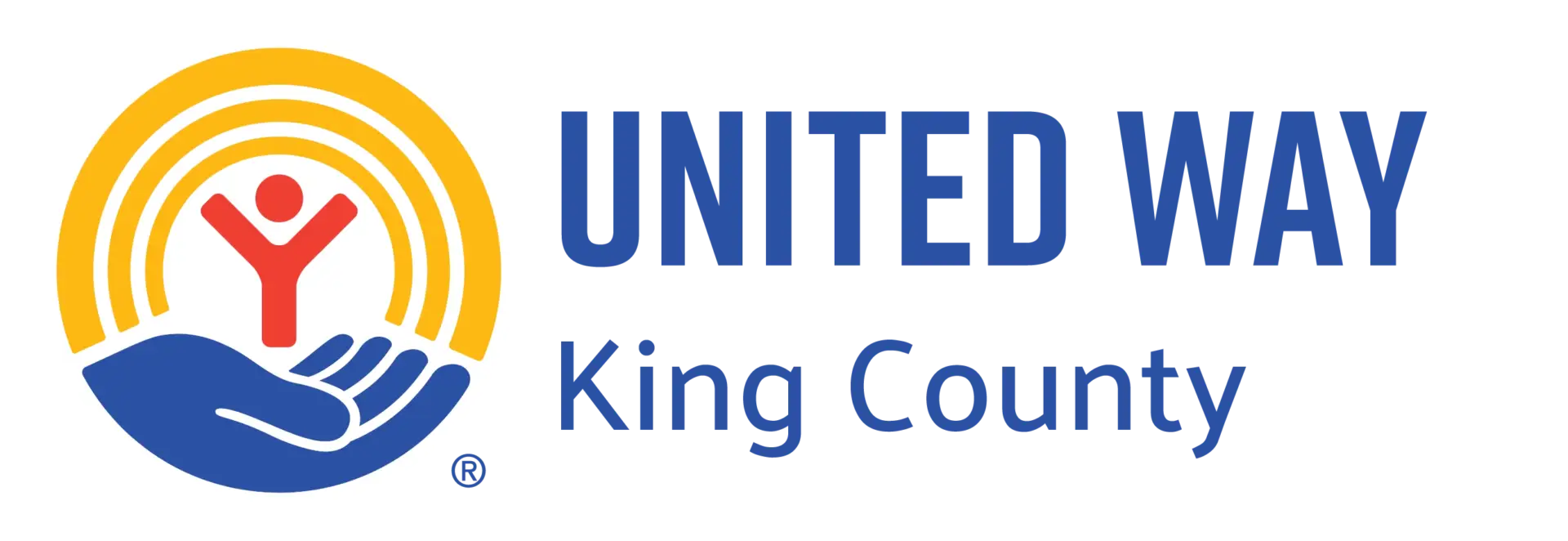
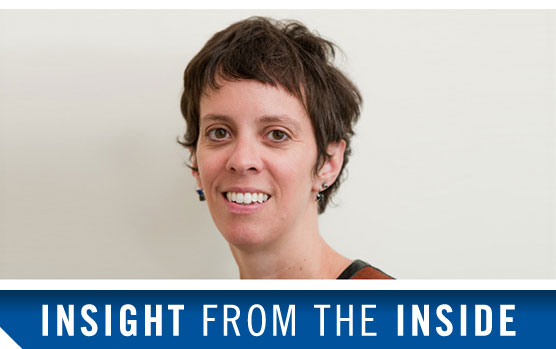
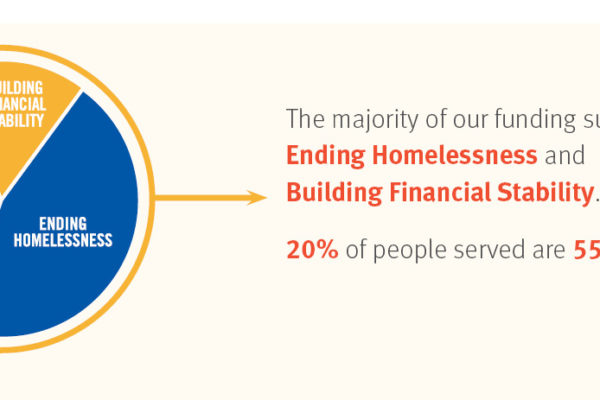
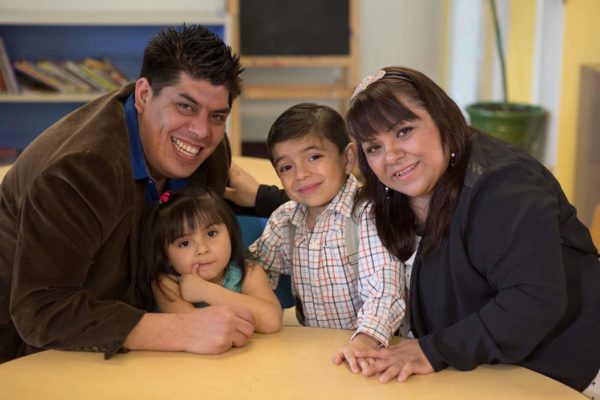
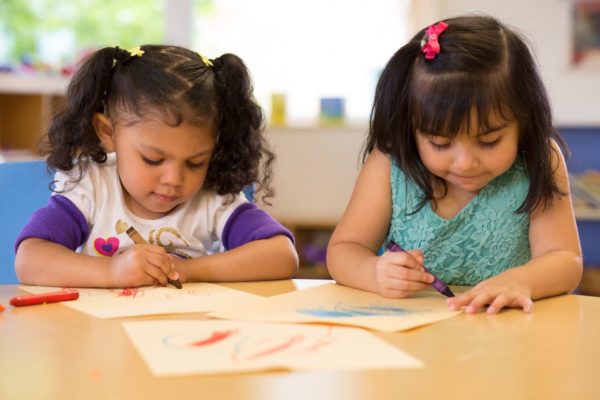
Comments